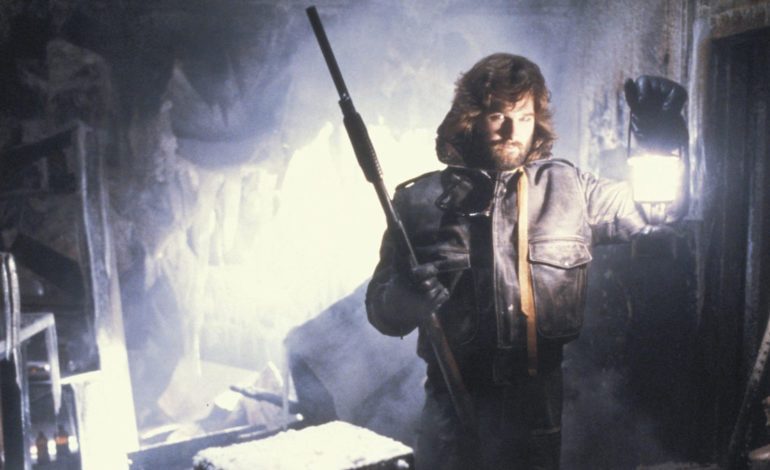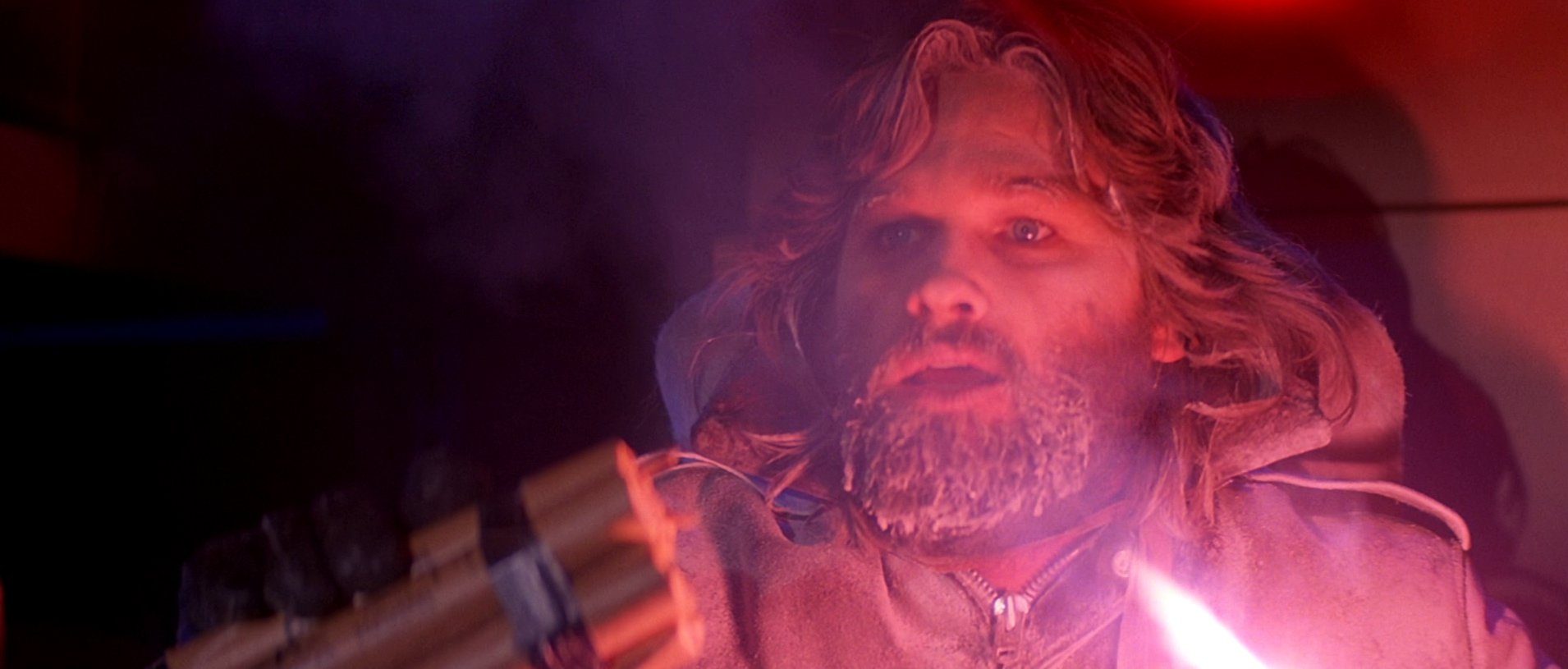

Many things keep us awake at night, and horror films contribute to those specific fears. Those spine-tingling feelings are real—whether a masked killer is stalking you, seeing a shark fin creep out from under the water, or something out in the darkness waiting for the perfect moment to strike. The name John Carpenter is synonymous with all things weird, scary, and supernatural. Most of us would recognize that name in conjunction with Michael Myers as he stalked the town of Haddonfield in Halloween, but there’s another film of his that has undoubtedly earned a notable reputation. That film is The Thing!
The story details a series of events in the Arctic based on the novella Who Goes There? by John W. Campbell Jr. A group of researchers uncovers an alien species frozen in the icy tundra. The discovery of such a species is filled with wonder initially, but everything quickly fades when the alien poses a threat to the researchers and the entire world. Afterward, the alien thaws out and reawakens. It’s a famous story in science fiction, and its reputation as a compelling horror film is undeniable.
The movie focuses on a small crew of researchers stationed in Antarctica discovering an alien that creature can mimic anyone it infects. After the creature is thawed, it’s revealed to be alive and ready to defend itself, violently if necessary. Even though the alien is alive, it acts like a parasite—all it needs is a host.
While the researchers have their hands full dealing with this abomination, another risk is playing the field—paranoia. Once the alien starts assimilating members of the group, one can never know who is truly human. How can you trust someone if you’re not sure if that person is indeed the person you’re talking to? The premise is clever, and throwing in a scary monster adds more fuel to the fire, making every scene as intense as possible.


One of the leaders in the group is R.J. MacReady (Kurt Russell), a helicopter pilot who assumes command when things start to get out of control. In one of the movie’s best scenes, MacReady devises a blood test to determine who is human. This scene is packed with tension because neither the audience nor the characters know who’s infected.
Outside of the tension, the movie is filled with scenes that traffic in extreme disgust. Whenever the creature assimilates a host, we get scenes galore of the ultimate nastiness. While we never see the creature’s true form, the assimilation process is one of wonder and disgust and displays the artistry of the makeup effects that makes The Thing so iconic.
The Thing was released on June 25, 1982, just two weeks after E.T. The Extra-Terrestrial. Ahead of the film’s release, it was a note of concern when Universal Pictures—the film’s distributor—sent out a demographic study that revealed audience desire for horror films had dropped nearly seventy percent over the past six months. Carpenter was advised not to expect a big return on the movie’s box office. Sure enough, The Thing grossed less than $20 million at the box office against a budget of $15 million. Not a bomb, but not enough to consider the film successful. The studio also believed that adult audiences, males especially, would be eager to see The Thing since they felt E.T. was a kid’s movie. It turned out that audiences of all ages loved E.T., while The Thing was universally hated.
While Spielberg’s movie was uplifting and filled with wonder, The Thing was considered nihilistic, sickening, boring, and instant junk, according to several reviewers. Many critics said the film’s plot wasn’t that interesting and that the special effects were the show’s real star. Gene Siskel and Roger Ebert, two Chicago-based film critics, featured the movie on their Sneak Previews program. Siskel liked the movie’s paranoia element and the creature, whereas Ebert felt the movie was another special effect-ridden horror show. They both thought that the movie was scary, but only Siskel recommended it.


Fans of novels, short stories, classic poems, and comic books are often frustrated when a story is adapted to the big screen and it doesn’t match the original work. Who Goes There? was first adapted into the 1951 film The Thing From Another World. While it’s effective in its own right, it considerably deviates from the source material. The 1982 film is more faithful to the novella, although one might reflect on how slow the novella is. The short story is told in flashback with MacReady narrating. It’s way less violent, but the paranoia and blood test were in the original story. The blood test scene is what convinced Carpenter to make the movie.
In 2011, a prequel was released using the same title as the 1982 feature film. That movie focuses on the Norwegian researchers who first discovered the creature. We saw their outpost in the 1982 film. The prequel does a good job of matching certain scenes that tie into the Carpenter film, but with the overuse of bad-looking CGI, the movie doesn’t hold a candle to the 1982 classic.
The Thing is still a masterful piece of filmmaking. It features an incredible cast, a terrifying villain, a haunting soundtrack, and a setting that will make anyone paranoid of what is out there. The Thing is worthy of multiple viewings, and if you have the patience to read the short story, I would recommend that one too. Fun fact, if you ever find yourself visiting Antarctica, head to the Amundsen-Scott South Pole Station in February, where they host a screening of The Thing annually. It’s a great movie with a self-explanatory title and presents John Carpenter as a director with one hell of a unique vision.
